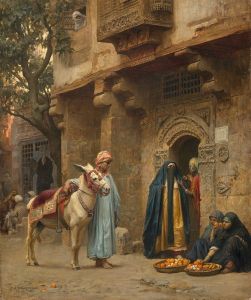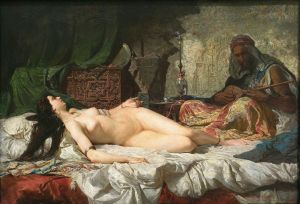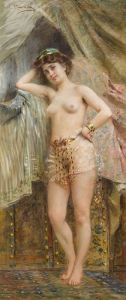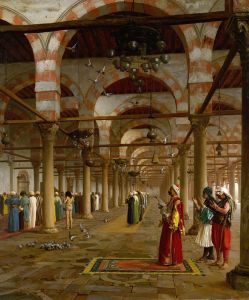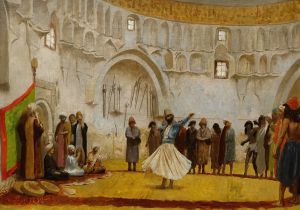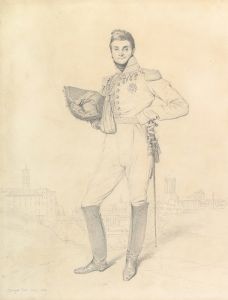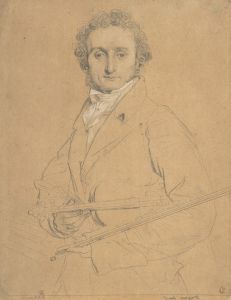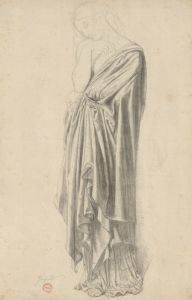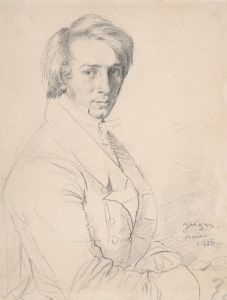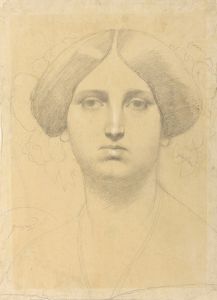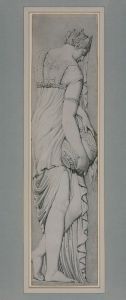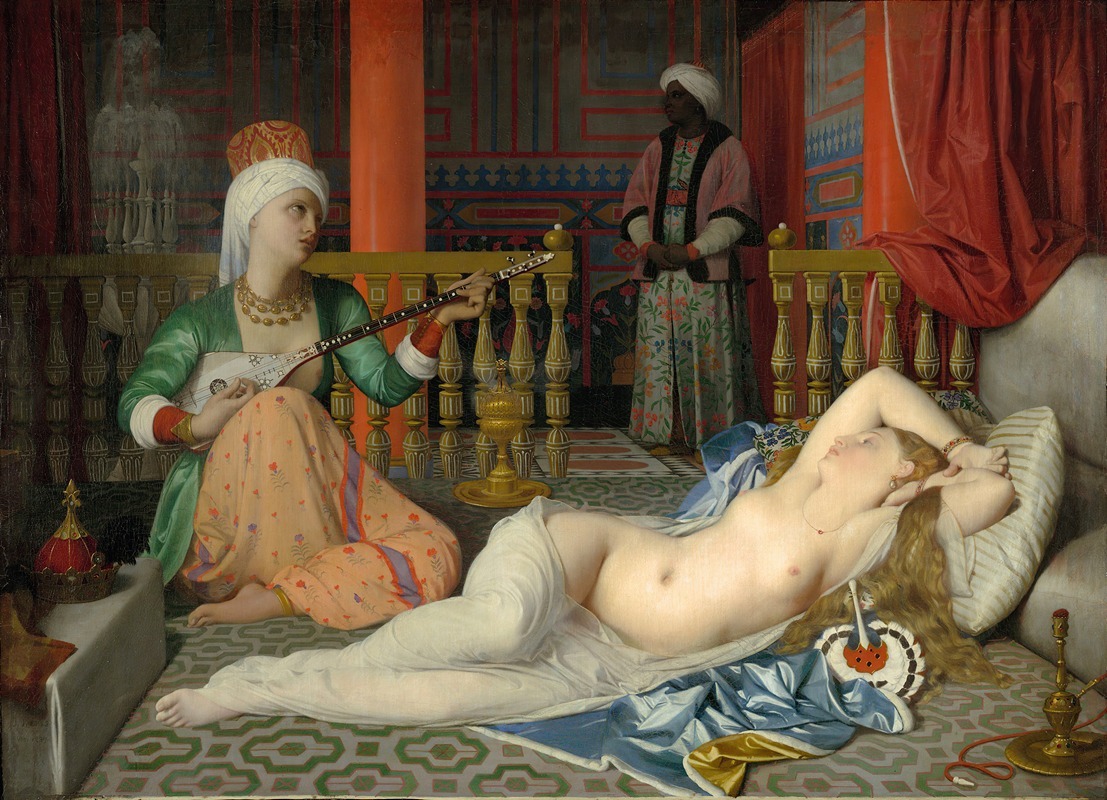
Odalisque, Slave, and Eunuch
A hand-painted replica of Jean Auguste Dominique Ingres’s masterpiece Odalisque, Slave, and Eunuch, meticulously crafted by professional artists to capture the true essence of the original. Each piece is created with museum-quality canvas and rare mineral pigments, carefully painted by experienced artists with delicate brushstrokes and rich, layered colors to perfectly recreate the texture of the original artwork. Unlike machine-printed reproductions, this hand-painted version brings the painting to life, infused with the artist’s emotions and skill in every stroke. Whether for personal collection or home decoration, it instantly elevates the artistic atmosphere of any space.
"Odalisque, Slave, and Eunuch" is a painting by the renowned French Neoclassical artist Jean Auguste Dominique Ingres. Ingres, known for his precise draftsmanship and his ability to convey texture and form, was a leading figure in the Neoclassical movement, which sought to revive the classical art forms of ancient Greece and Rome. His works often feature themes of mythology, history, and exoticism, reflecting the tastes and interests of his time.
This particular painting, "Odalisque, Slave, and Eunuch," is part of Ingres' exploration of Orientalism, a genre that depicted the East as a place of romance, exotic beings, and rich landscapes. Orientalism was popular in 19th-century European art, literature, and music, often reflecting Western fantasies about the East rather than its reality. Ingres, like many of his contemporaries, was fascinated by these themes and incorporated them into his work.
The painting depicts an odalisque, a female slave or concubine in a harem, accompanied by a slave and a eunuch. The odalisque is a recurring subject in Ingres' oeuvre, most famously represented in his painting "La Grande Odalisque." In "Odalisque, Slave, and Eunuch," Ingres continues to explore the sensual and exotic themes associated with the harem. The odalisque is typically portrayed in a reclining pose, emphasizing her languid beauty and the luxurious setting that surrounds her.
Ingres' attention to detail is evident in the rich textures of the fabrics, the intricate patterns, and the delicate rendering of the figures' skin. The composition is carefully balanced, with the figures arranged to draw the viewer's eye across the canvas. The use of light and shadow enhances the three-dimensionality of the scene, a testament to Ingres' skill as a draftsman.
The inclusion of a eunuch in the painting is significant, as eunuchs were often depicted in Orientalist art as guardians of the harem. Their presence adds an element of intrigue and mystery to the scene, reinforcing the Western perception of the harem as an exotic and forbidden place. The slave, on the other hand, serves to highlight the opulence and decadence of the setting, further emphasizing the themes of luxury and sensuality.
While "Odalisque, Slave, and Eunuch" is not as widely known as some of Ingres' other works, it remains an important example of his engagement with Orientalist themes. The painting reflects the broader cultural and artistic trends of the 19th century, as well as Ingres' personal fascination with the exotic and the sensual.
Ingres' work, including this painting, continues to be studied and appreciated for its technical mastery and its contribution to the development of modern art. His ability to blend classical techniques with contemporary themes has ensured his place as one of the most influential artists of his time.





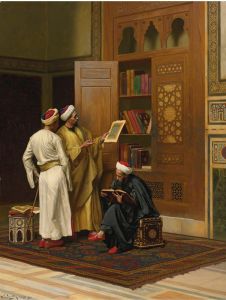
![Interior of the mosque of the Metwalys [Metwalis].](/imgs/217497/s/david-roberts-interior-of-the-mosque-of-the-metwalys-metwalis-d41ed7bd.jpg)
